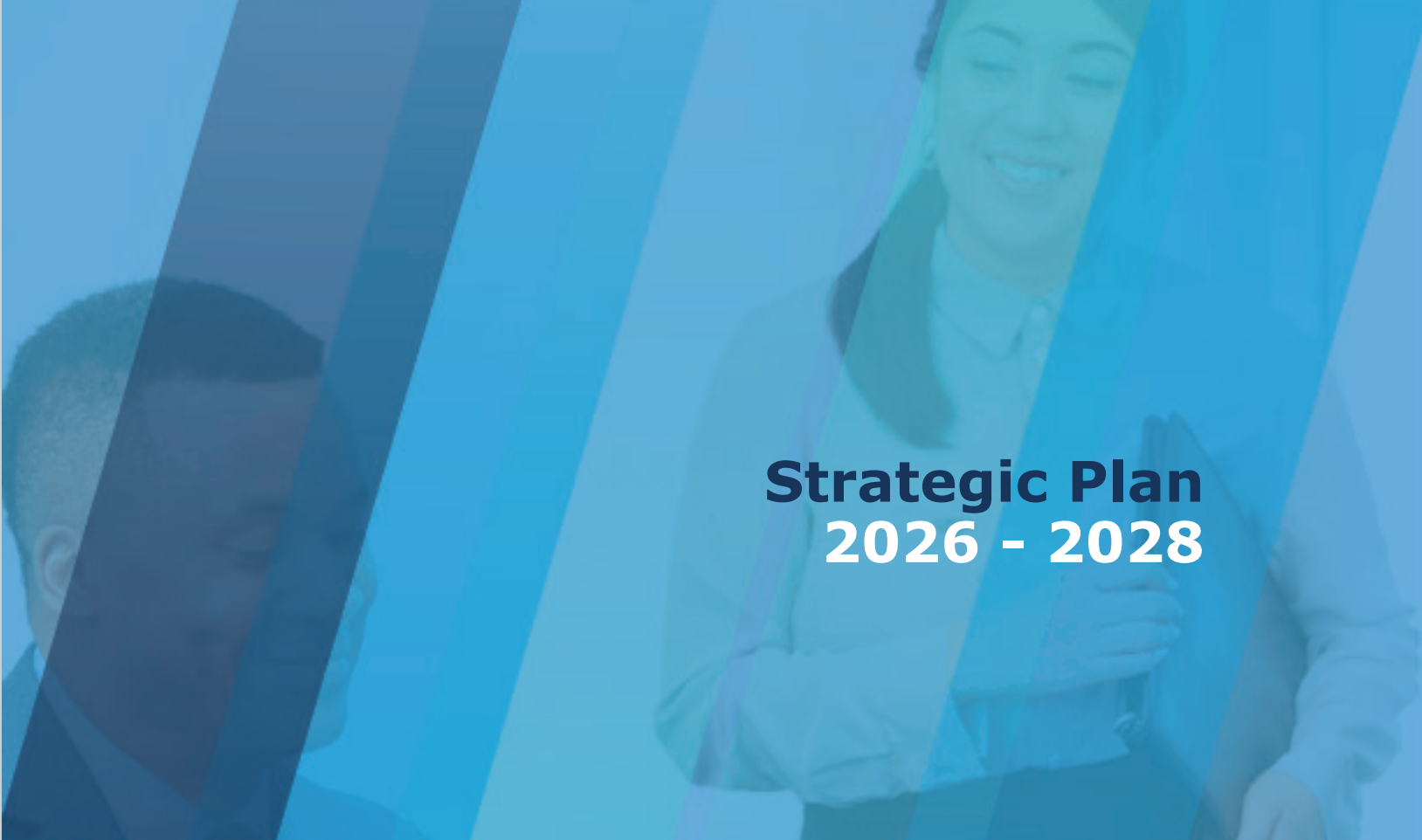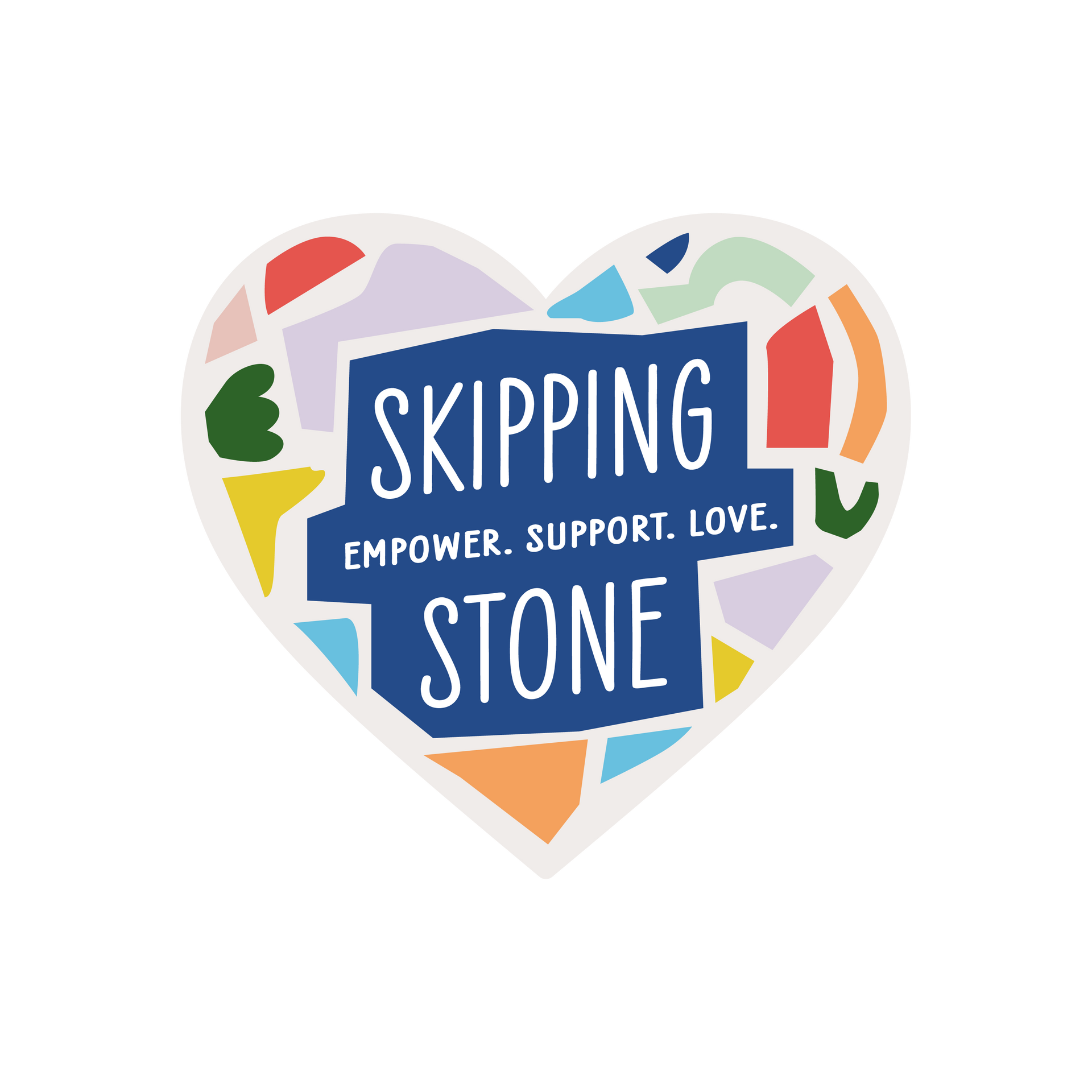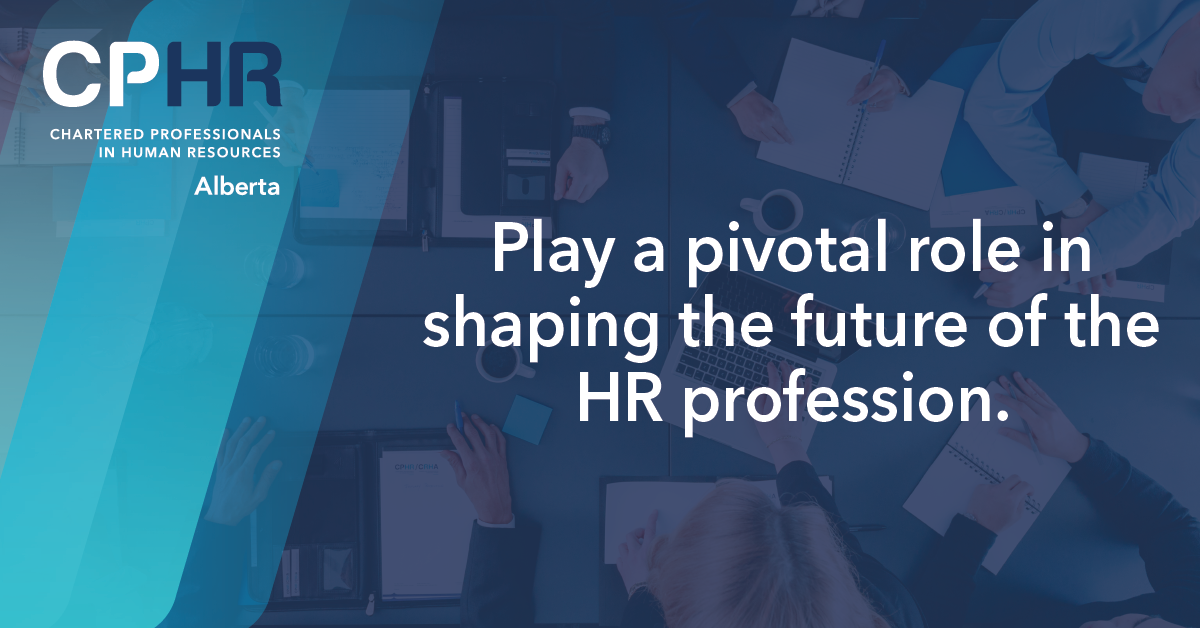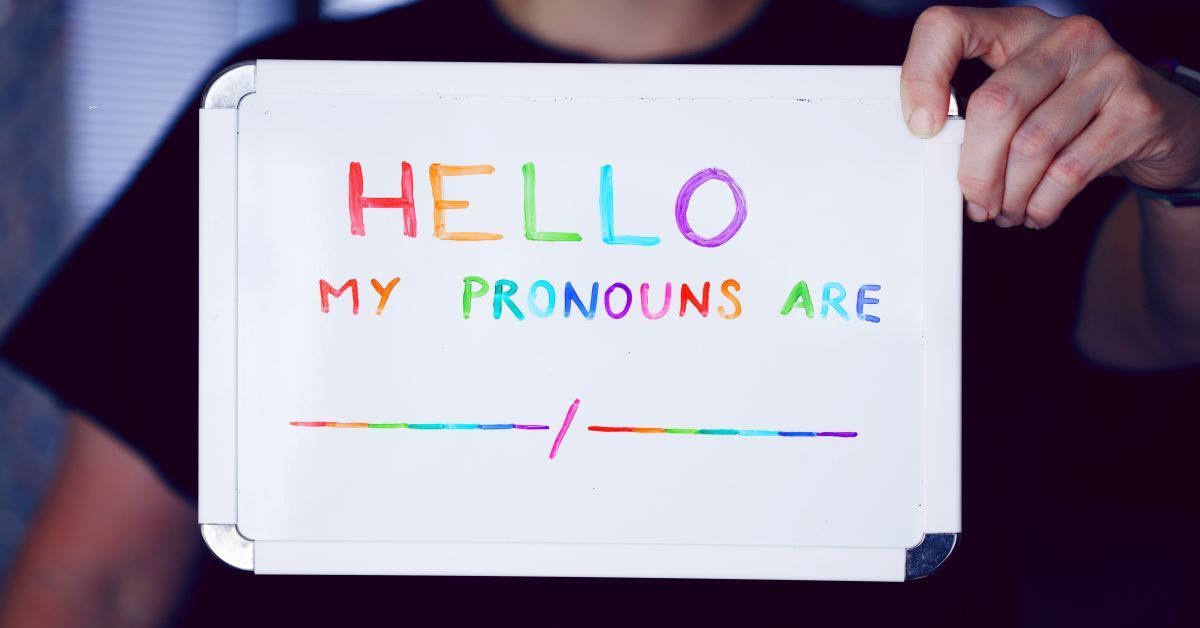
Creating Safe Workplaces for Transgender and Gender-Diverse People

Author: Jenna Wenkoff
I specifically wanted to write about transgender (trans for short) and gender-diverse people for pride month because the validity of their existence seems to be a hot topic for debate recently. Unfortunately, this has resulted in a large percentage of workplaces being unsafe for trans and gender-diverse people. The Survey of Safety in Public Places found that 22.5% of cisgender people and 69.4% of transgender people have experienced inappropriate behaviours in the workplace in the past 12 months such as unwanted physical contact and comments that they are not behaving like their gender. While this number is still higher than it should be for cisgender people, it is clearly significantly higher for trans people.
I wanted to get a better understanding of how we can fight this stigma and create safer workplaces for trans people, so I met with Haley Wray (she/they) from the Skipping Stone Foundation. The Skipping Stone Foundation supports trans and gender-diverse people by offering things like gender-inclusive swimming sessions and group consult sessions from mental health providers. They even train businesses on how to create safe spaces for trans and gender-diverse people.
What Does Transgender and Gender-Diverse Mean?
I started by asking Haley to define trans and gender-diverse.
“Gender-diversity is the existence of diversity outside of what our culture tells us is the norm. Somebody at birth is determined to be either male or female and from that, there are expectations, rules and boundaries around what that means as far as colours, clothes or what they might be inclined to like or enjoy in work. At birth in our culture across the board, everybody is assumed to be straight, heterosexual or cisgender. That they are gonna be completely ok with the gender they have been assigned at birth.”
The important distinction here is the difference between sex and gender. Sex refers to biological characteristics whereas gender refers to cultural characteristics which can be related to the concepts of male and female. Sex pertains to one’s biology whereas gender pertains to one’s identity. Transgender/gender-diverse means your gender identity does not align with your biological sex, and/or any expectations/cultural norms associated with your biological sex, while cisgender on the other hand means your gender identity does align with your biological sex, and that you are mostly/all comfortable with how you are allowed to express, & identify.
Are Workplaces Safe for Trans People?
I asked Haley if they have experienced any challenges in their advocacy due to the stigma surrounding trans people.
“I would venture to say unless an organization, team or business professional is actually explicitly looking into shifting on policy, this exists everywhere and it’s safer for anybody in the community to assume that the risk for coming out is actually still quite high, especially in Alberta.”
This broke my heart. There’s truly no excuse that most organizations in Alberta are potentially unsafe for trans people. Thankfully The Skipping Stone Foundation offers something to help combat this.
“Skipping Stone has something called the Trans Affirming Network , and it’s a group of businesses and professionals who have taken training with us and they are committing to 10 steps to create inclusive spaces for transgender and gender-diverse people.”
These 10 steps include:
- Being explicitly welcoming by openly displaying your support for trans and gender-diverse people.
- Not making gender assumptions based on how someone looks, sounds or speaks.
- Asking for and using pronouns.
- Using gender-neutral language such as avoiding phrases like “guys” or “ladies”.
- Including non-binary folks by using inclusive language and gender-neutral pricing, forms and product sections.
- Creating inclusive facilities such as washrooms or fitting rooms.
- Putting people’s needs before their identities by not expecting trans people to take on all the emotional labour of educating us about them.
- Holding dead names sacred by cherishing their privacy.
- Acknowledging and growing from mistakes by apologizing and correcting our behaviour.
- Keep learning by acknowledging that these 10 steps are ever-changing.
How to Improve Gender and Sexual Diversity Training Sessions
I asked Haley if there are any improvements that can be made to gender and sexual diversity training sessions. I wonder how well they work considering that most workplaces still aren’t safe for trans people. Haley reminded me that gender and sexual identity don’t overlap.
“Gender identity, sexual orientation and individual expression are actually three completely unique areas that often don’t overlap. Sometimes it might look like they do, but those are three unique spaces. A lot of work around LGBTQIA+ training and awareness has really centred around the orientation factor so people seem to be a lot more comfortable around who somebody is or isn’t attracted to. But a lot of different work has to be done to create spaces where people can identify genuinely as who they are.”
Haley and I both agreed that it might be better to host diversity sessions that focus on one of these topics at a time or even to start just by talking about gender.
“In our culture, I feel like we don’t talk about gender. We don’t discuss if someone feels comfortable having been assigned values and expectations around being a man or a woman based on parts. Just talking about gender is often the starting point.”
It’s also important that we remember to include non-binary people in these discussions.
“When we think of transgender sometimes we still think of that as a binary, but there is this beautiful space where people don’t necessarily fit into any of those spaces explicitly and sometimes there is a lot of fluidity.”
How to Support People Who Are Currently Transitioning in the Workplace
Here are Haley’s tips on how you can support a coworker who is currently transitioning or who recently came out as trans:
- Ask them on an individual level what they need for support, but never out the person, let the person have some agency.
- If it’s an option, have a 1 on 1 conversation with them.
- Offer to run an education or information session. Ask them if they would like a speaker to come in and if they have resources that they like.
- Make sure you are using the correct names and pronouns.
- If there is a cohort that isn’t safe for them to work around, consider a desk change or re-scheduling shifts.
Again, a great place to start is by discussing gender and challenging why gender diversity makes some people uncomfortable.
“Paying attention to where there is discomfort and really taking that step back to look and be like is this discomfort legitimate? Is there a risk? Is there a threat? Because that’s kind of the discourse around gender diversity and if you pause for a moment, I have yet to find out where this threat is. Like, what is the threat? Usually, in all of our spaces, the more authentic we get to be, the more at ease we are, the more creative we can be, the more focused on work we are and the more energy we have. We sleep better, we communicate better and we tend to thrive. So, I’m not sure where the hesitation, threat and fear come from.”
About the author: Jenna Wenkoff is the Communications Assistant at CPHR Alberta. With a background in philosophy and communications, she loves asking 'why' and always tries to incorporate DEIB into her communications. She has experience with the Canadian Celiac Association, environmental non-profits, and is excited to learn more about the intersection of communications and human resources.
The views and opinions expressed in this blog post belong solely to the original author(s) and do not necessarily represent the views and opinions of CPHR Alberta.
The views and opinions expressed in this blog post belong solely to the original author(s) and do not necessarily represent the views and opinions of CPHR Alberta.

